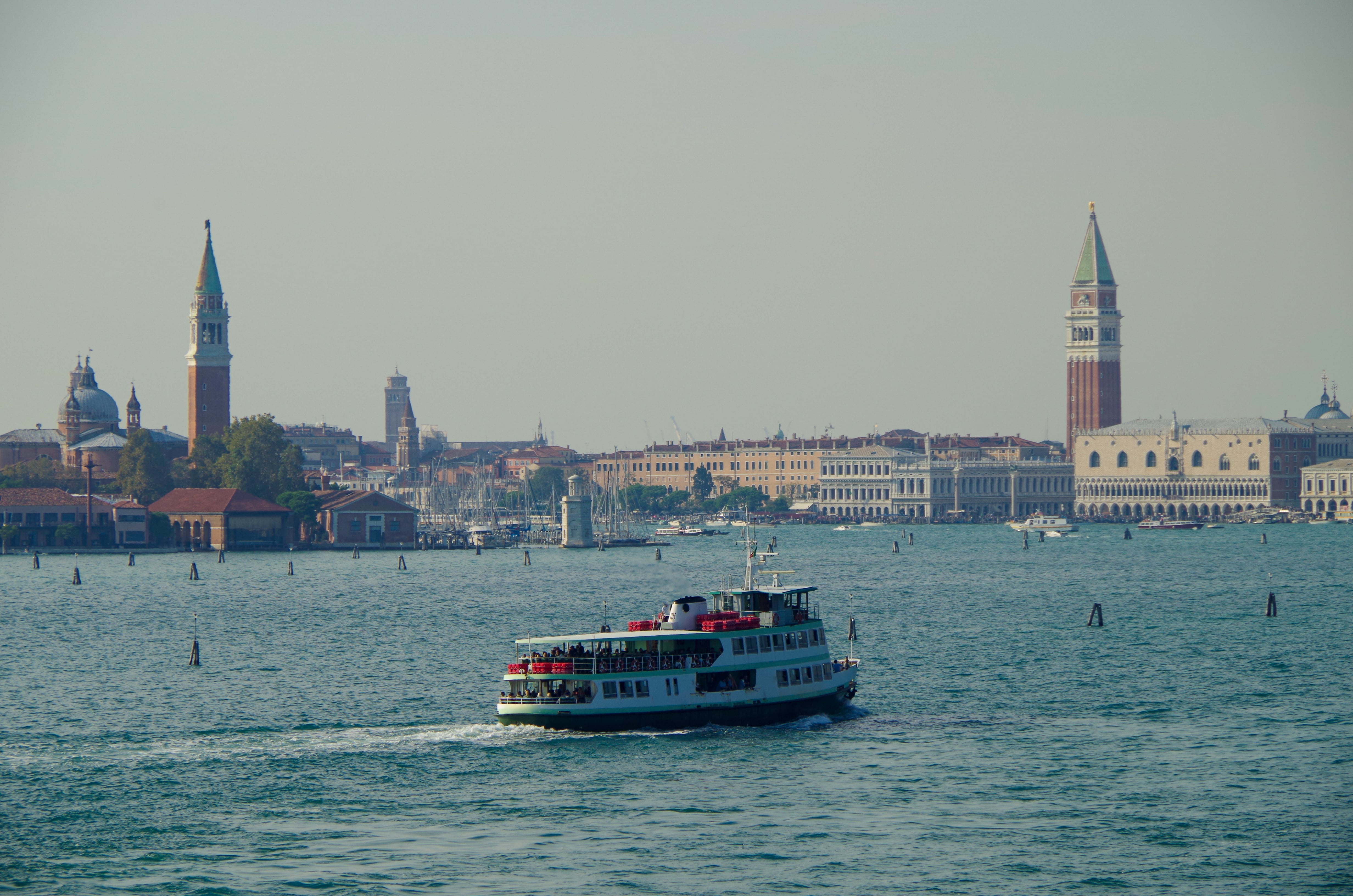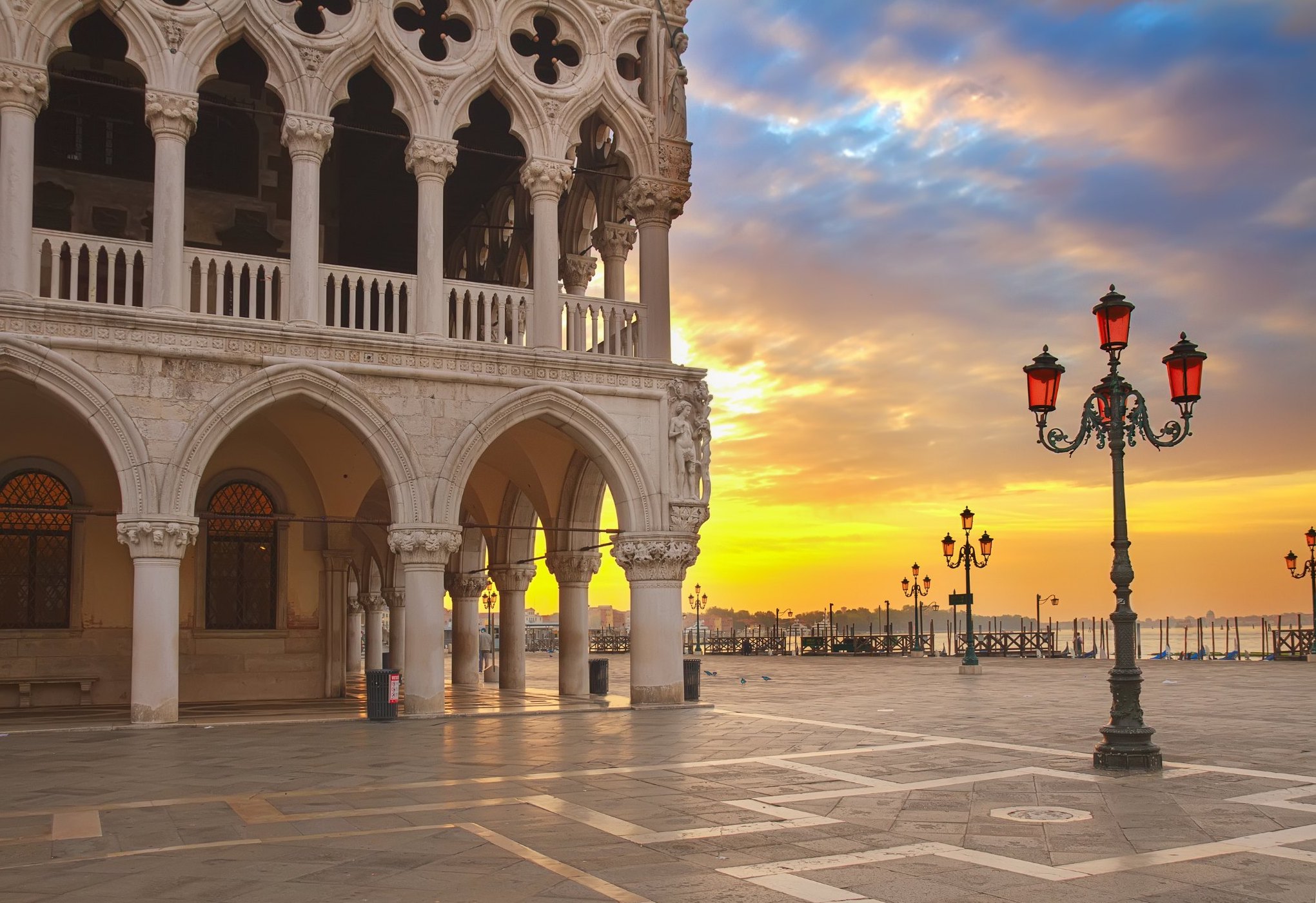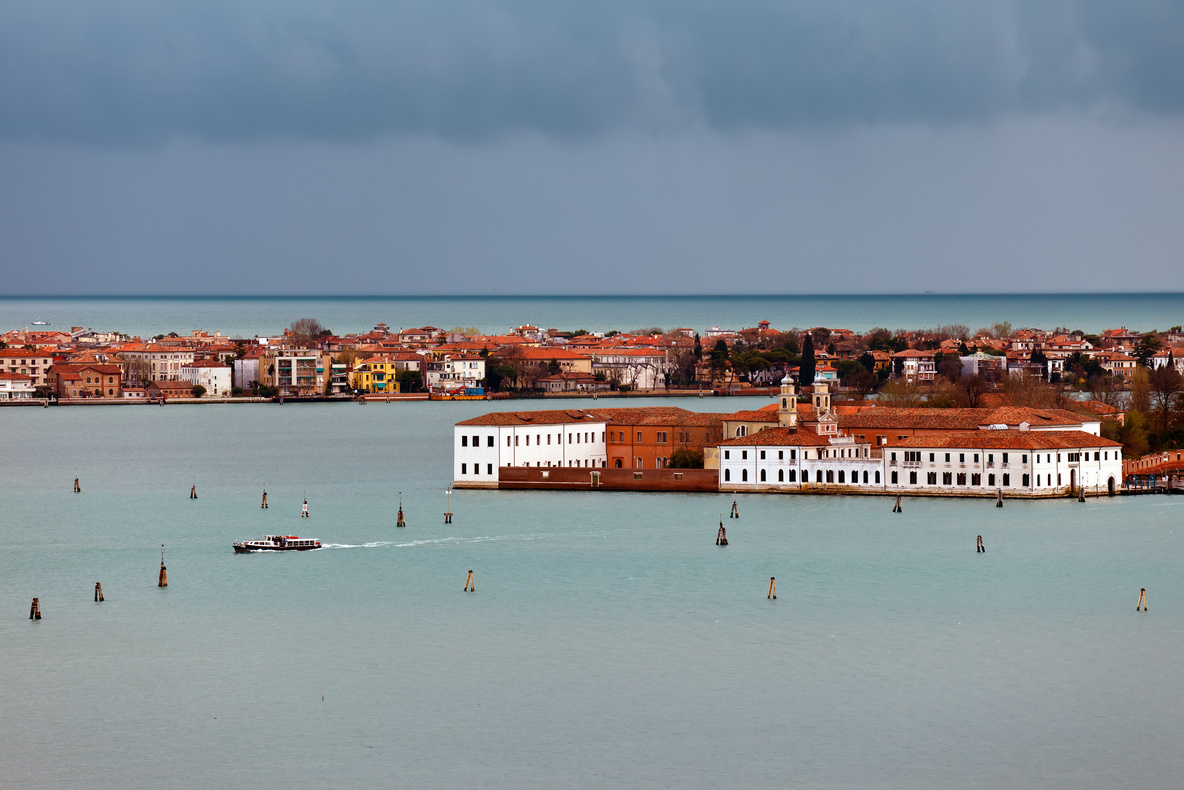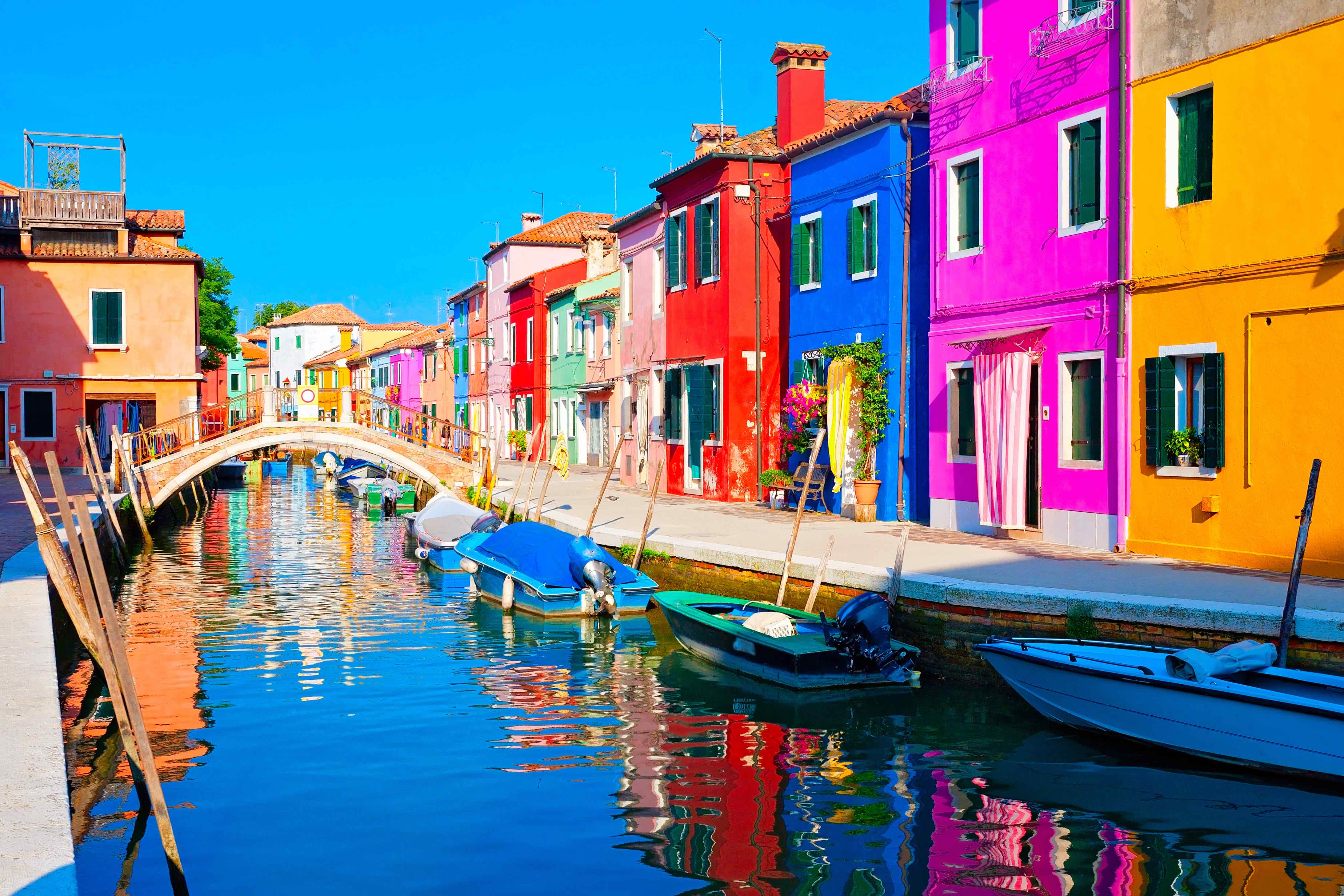We’ll start by stating the obvious, but it’s all too true: Venice is an open-air museum. It’s a city with a history that lives in its palaces, bridges, alleys and along its canals. But to truly understand ‘La Serenissima’ and its place in the history of art, you can’t escape a visit to some of its most important ‘indoor’ museums.
In this cultural itinerary, we’ll help you discover three iconic sites: the Doge’s Palace, the political heart of the Republic of Venice; the Gallerie dell'Accademia, guardian of the masterpieces of Venetian painting; and the Peggy Guggenheim Collection, a temple to modern and avant-garde art.
The Doge’s Palace: home to the history of Venice and the Serenissima
Located in St. Mark’s Square, the Doge’s Palace is one of the most iconic symbols of Venice. Once this was the Doge’s residence and the Serenissima’s seat of the government. Today it is a museum that allows visitors to dive into the splendour of the Venetian Republic and understand its political and administrative workings. Before entering, marvel at the architecture of this glorious building which, rising above the surface of the water supported by its colonnade, has the look of a sublime stilt dwelling. A splendid example of Venetian Gothic and, with its marble facade decorated by mullioned openings, is a masterpiece. Its light, harmonious outer contrasts with the monumentality of the palace’s function.
The interiors, on the other hand, reflect all the weighty magnificence of Venice’s power. Walking through the rooms of the Doge’s Palace, the opulence of the decor and grandeur of the spaces will overwhelm you. One of the most spectacular rooms is the Sala del Maggior Consiglio, the council room where important members of the Republic met and which houses Tintoretto's gigantic ‘Paradise’ canvas, one of the largest oil paintings in the world (183.6 m²). This enormous room is the key to enabling the building to be supported on such slender columns, as its vast empty space lightens the whole structure. Then there are the Doge’s Apartments, decorated with frescoes and sumptuous furnishings, the Prisons and the Bridge of Sighs, which connected the palace to the cells where the prisoners were locked up. Crossing this bridge is a moving experience, inevitably evoking thoughts of the condemned men who walked across it to their imprisonment. To complete the experience, don’t forget to visit the underground dungeons, the old prisons that once housed the celebrated adventurer and heartbreaker Giacomo Casanova, hero of one of history’s most legendary escapes.
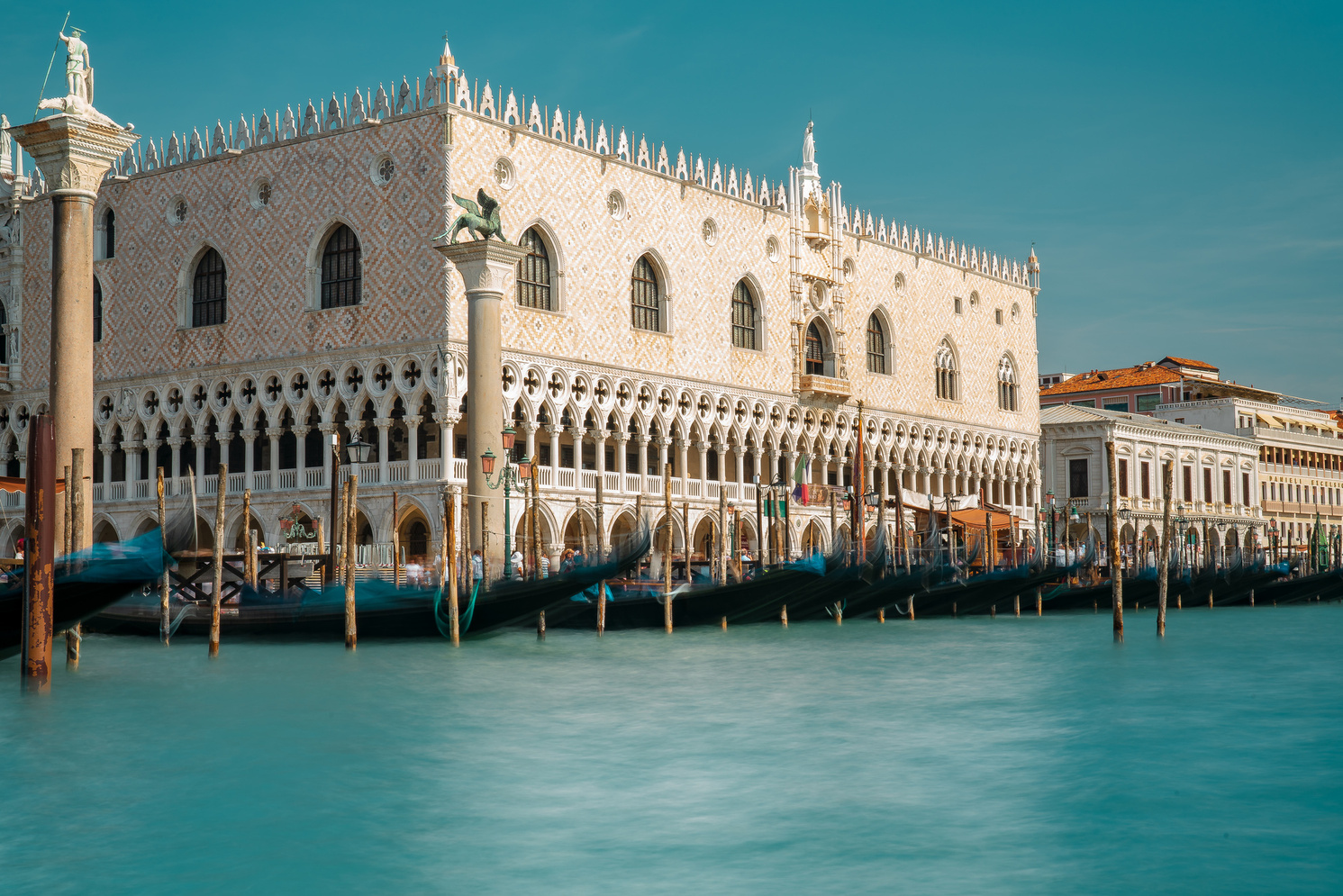
The Gallerie dell'Accademia: the home of Giorgione’s ‘The Tempest’ and Bellini’s masterpiece
For art lovers, the Gallerie dell'Accademia is a must. This museum houses the largest collection of Veneto art from the 14th to the 18th century, with works by masters such as Giorgione, Bellini, Carpaccio, Tintoretto and Veronese. It is almost impossible to pick out a few key pieces, but we’ll try. A must-see list of masterpieces has to include The Tempest by Giorgione. It is one of the most enigmatic works in the history of art, with its foreboding atmosphere and landscape dominated by a threatening sky. Next, there are the nine canvases depicting the Stories of St. Ursula by Carpaccio with their incredibly detailed narratives, paintings in which you can lose yourself for hours. Then there are the works of Giovanni Bellini, including the famous Madonna and Child with Saints, where the light and depth of colour create a sense of extraordinary harmony, and finally the canvases of Tintoretto and Veronese, whose monumentality, dramatic use of light and colour are the forerunners of Baroque painting. A word of advice: for a truly meaningful experience, take the time to observe the details of the works and don’t worry about trying to see everything.
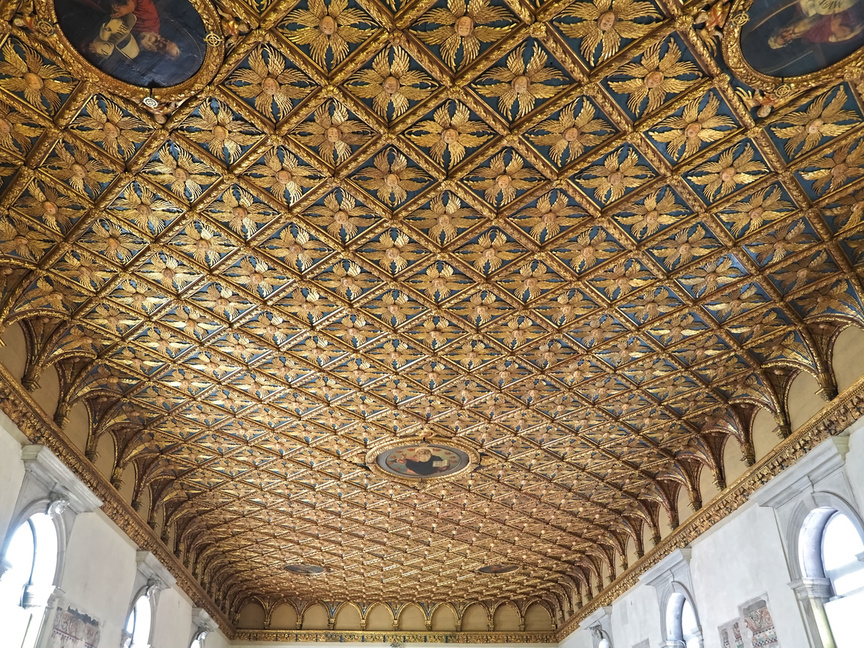
Peggy Guggenheim Collection: Genius and Unruliness: the Venetian 20th Century
After exploring the old masters of Venetian painting, it is time to dip into modern art with a visit to the Peggy Guggenheim Collection, housed in the Palazzo Venier dei Leoni on the Grand Canal, also known as the unfinished palazzo. The museum building in itself is unique: a Baroque palace of which just the ground floor was completed. If finished, it would have been an impressive palazzo, but, in many ways, it is perfect just as it is ,as home to an equally unique collection. Peggy Guggenheim was an important patron for 20th-century artists and dedicated her life to discovering and promoting artists of the Avant-guarde. This is her collection, it is a voyage through 20th century art as it offers a comprehensive overview of the most revolutionary art movements of the last century, including Cubism, Futurism, Surrealism and Abstract Expressionism. The most famous works include: The Empire of Light by René Magritte, a surreal work that plays with the contradictions between day and night; The Poet by Picasso, with all the expressive power of Cubism; Alberto Giacometti's sculptures, with their threadlike figures charged with tension; and the works of Jackson Pollock, for whom Peggy Guggenheim was an early supporter, helping to make him internationally famous. But the true soul of the museum still hovers in the palace, that of Peggy Guggenheim, a non-conformist and visionary woman who made Venice her home and artistic refuge. To this day, her spirit lives on in the rooms of the museum and in the sculpture garden, which also houses her tomb beside that of her beloved dogs.
.jpeg)


